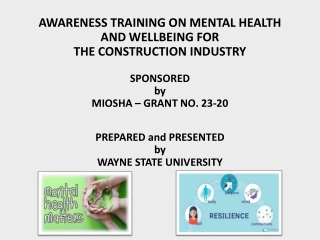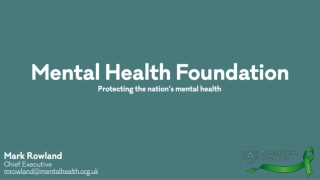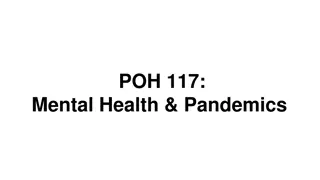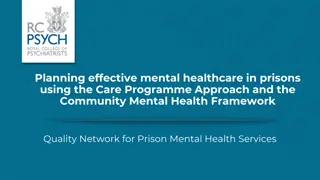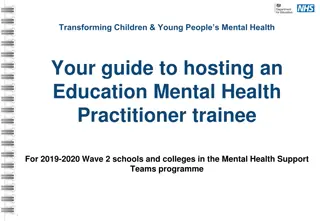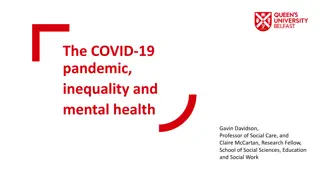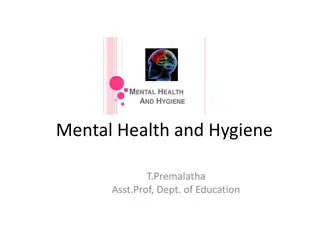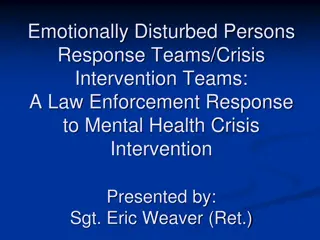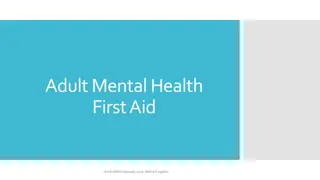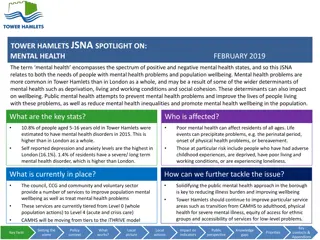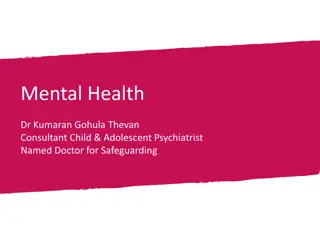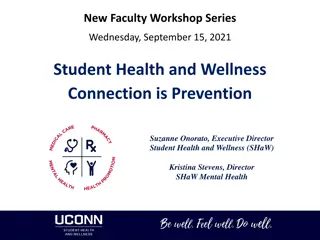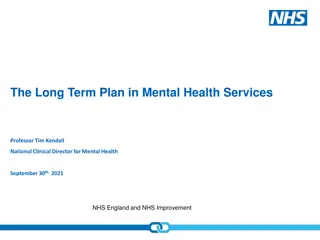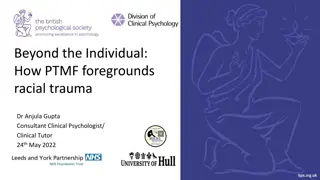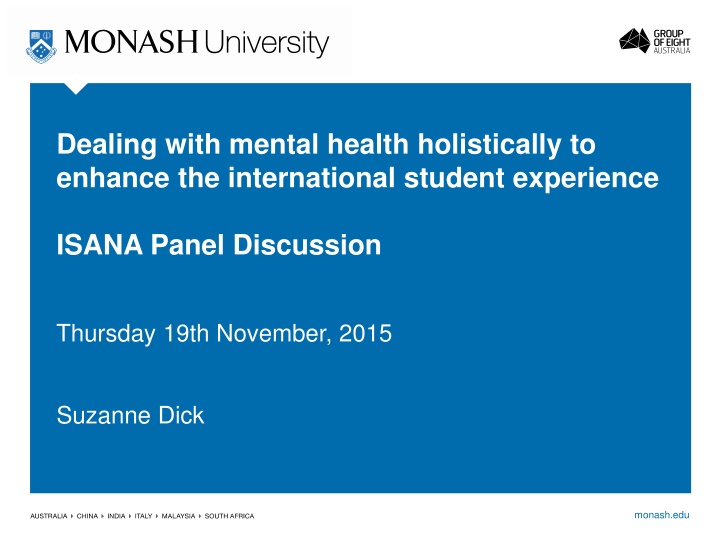
Enhancing International Student Experience through Holistic Mental Health Support
Explore the holistic approach to mental health for international students, focusing on challenges, unique themes in counseling, services offered, main considerations, and conclusions. The discussion covers social isolation, language barriers, financial stress, stigma, counseling limitations, and the importance of engagement with counseling services.
Download Presentation

Please find below an Image/Link to download the presentation.
The content on the website is provided AS IS for your information and personal use only. It may not be sold, licensed, or shared on other websites without obtaining consent from the author. If you encounter any issues during the download, it is possible that the publisher has removed the file from their server.
You are allowed to download the files provided on this website for personal or commercial use, subject to the condition that they are used lawfully. All files are the property of their respective owners.
The content on the website is provided AS IS for your information and personal use only. It may not be sold, licensed, or shared on other websites without obtaining consent from the author.
E N D
Presentation Transcript
Dealing with mental health holistically to enhance the international student experience ISANA Panel Discussion Thursday 19th November, 2015 Suzanne Dick monash.edu
General themes for all services Period of transition In 2014 biggest recruitments of international students was from China (27%) and Malaysia (26%) next biggest group was South Africa which accounted for 5% of international enrolments Social isolation (initially?) Language barriers Promotion and uptake of services Pressure from family/ culture to succeed Financial stress Paid in cash Discrimination/ harassment Resourcing Gender roles Model of education Rote learning vs independent thinking Visa issues
Unique themes to counselling Stigma mental health/ counselling Limited framework for understanding the counselling process Ability to provide documentation Boundaries of the therapeutic relationship Irregular attendance (?) Complex (?) Limited access to public mental health services Reluctance to access private providers of psychological services Impact of counselling on the client s ability to reintegrate into home country
Services offered 1:1 counselling 3-6 sessions Groups Mindfulness for Academic Success Mood Surfing SMART Brain Management Lunchtime mindfulness External referral
Main considerations for counselling Building engagement Orientation to the counselling process Not a medical doctor What a counsellor does How to use the time The importance of the client giving feedback Indicate commitment to helping e.g. providing practical support for under loading, special consideration Attending to the basics (diet, sleep, exercise) Negotiating clear goals for treatment What is possible in the time frame? What is the client s intention (e.g. return home/ stay in Australia) Solution focused vs therapeutic work
Conclusions International students Remain under-represented as a proportion of total counselling clients Often present with more complex needs which create challenges for service provision in an environment of reduced resources May require modified approaches to counselling (more orientation, slower pace, more targeted goals etc) Benefit from engagement with counselling services

